Horticulture
-

This publication is part of a series focusing on irrigation scheduling for vegetable crops. It contains basic information on water use and irrigation management using the crop water demand method for Solanaceae crops such as bell peppers, tomatoes, and eggplants.
Justin Shealey and Laurel Dunn
|
-
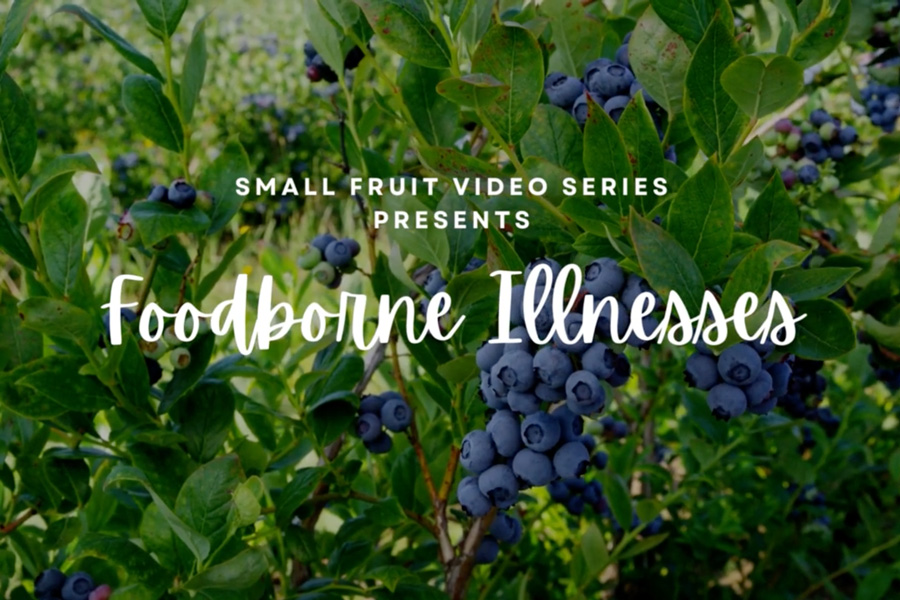
C 1300-01
Foodborne Illnesses
Foodborne illnesses sicken approximately 48 million Americans a year and result in significant financial losses for the food industry. Outbreaks of foodborne illness have been linked to consumption of small fruit products, but growers and packers can take precautions to reduce food safety risks on their operations. This video discusses what foodborne illnesses are, what causes them, and basic steps that can be taken to ensure the production of safe fruit. This video was produced in collaboration with the Auburn Department of Horticulture.
Laurel Dunn and Angelos Deltsidis
|
-

Many produce farms choose to exclude domesticated animals to prevent the spread of fecal contamination to produce crops. However, when farms allow members of the general public access to U-pick fields, on-farm restaurants, or roadside markets, the Americans for Disabilities Act (ADA) protects the rights of individuals who may require the assistance of a service animal. This publication explains what steps a farm must take to ensure an individual requiring a service animal is not excluded from on-farm activities, while also protecting food safety.
Laurel Dunn
|
-

Laurel Dunn, Andre Luiz Biscaia Ribeiro da Silva, and Govindaraj Dev Kumar
|
-
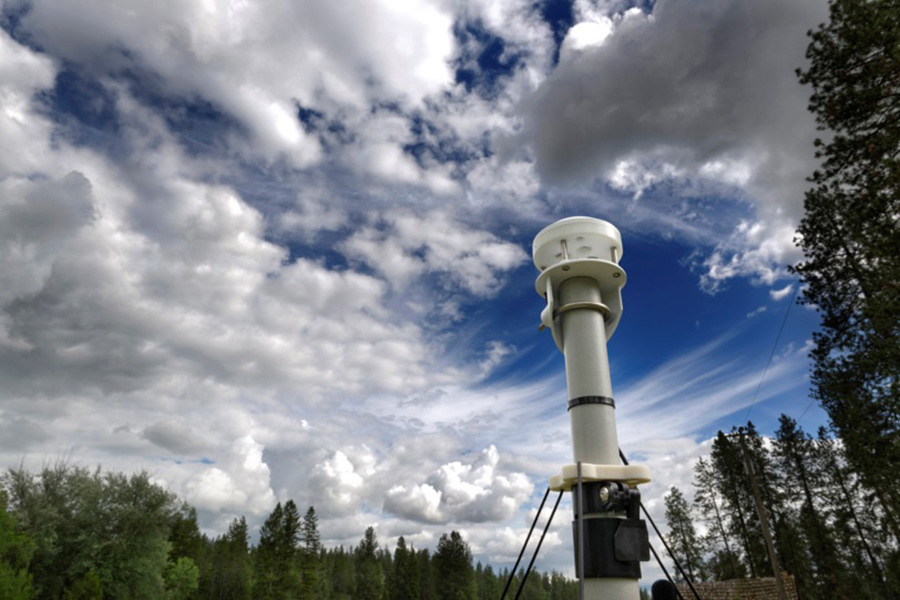
A weather station is a collection of instruments and sensors measuring atmospheric and soil conditions. Commonly measured environmental variables include light, temperature, relative humidity, rain, wind, and soil conditions (soil moisture, soil temperature, and/or soil bulk electrical conductivity). An on-site weather station allows growers to monitor the microclimate in a growing area. Weather conditions can vary over short distances, especially for measurements such as rainfall, which means that off-site measurements—often taken miles away as part of a public weather network—may not be accurate enough for irrigation and/or temperature scheduling purposes. Additionally, cold pockets created by elevation changes can create temperature variability, making local (adjacent to growing areas) weather stations a valuable tool in monitoring and use for irrigation scheduling and freeze protection.
Ping Yu
|
-
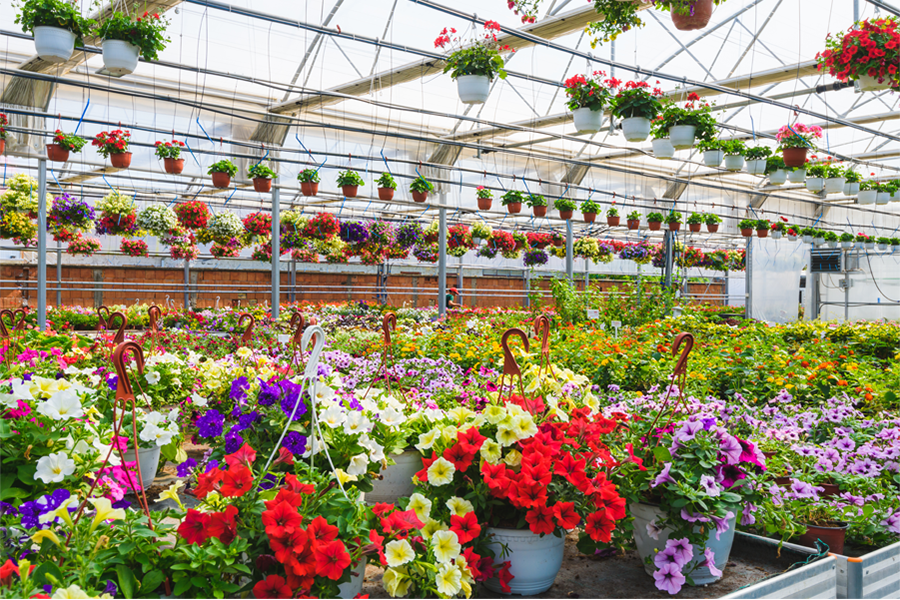
Georgia’s nurseries, greenhouses and turfgrass businesses are major contributors to Georgia’s growing economy, to the beauty of Georgia homes and businesses, and to a better quality of life. When used appropriately, the products and services provided by these businesses enhance the environment of their customers. Thus, it only makes sense that these businesses should use management practices that are not damaging to natural resources and the environment. This publication is one tool that green industry companies can use to evaluate their management practices and design strategies for environmental compliance and pollution prevention.
Ping Yu
|
-
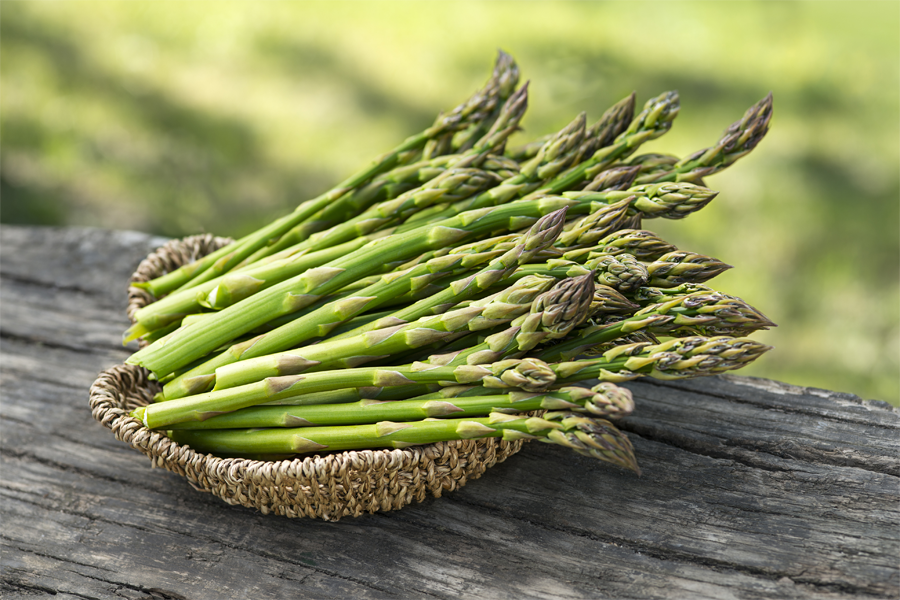
C 1026
Home Garden Asparagus
For gardeners who are willing to put in a little effort and have some patience, asparagus can be a rewarding and delicious vegetable to grow. This publication explains how to grow asparagus in a home vegetable garden.
Bob Westerfield and Malgorzata Florkowska
|
-
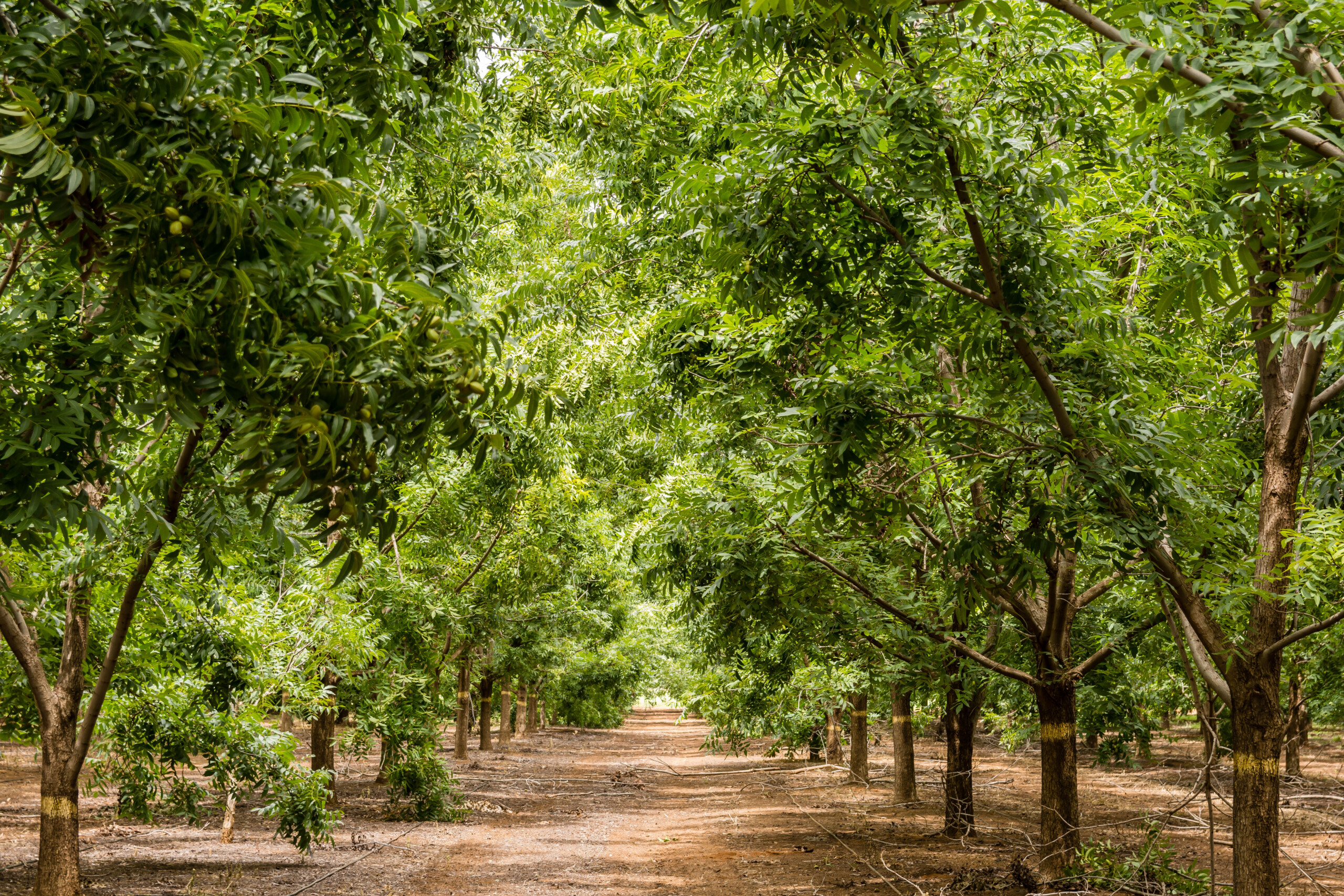
As pecan trees grow in an orchard, their tree canopies encroach upon one another, causing excessive shading, which can increase alternate bearing intensity and reduce tree health and orchard profitability. Historically, limb pruning and tree removal have been the most common methods of dealing with this problem, particularly in the low-light environment of the southeastern United States. Mechanical hedge pruning has been used successfully in high-light environments to mitigate the effects of orchard shading and has become the standard method used for this purpose in the arid production regions of the western United States. The southeastern United States is a relatively low-light environment, exhibiting significant cloud cover and atmospheric water vapor throughout the growing season, which can further limit sunlight in orchard systems. Mechanical hedge pruning offers a solution to this problem, which can also help minimize issues related to pecan scab, hurricanes/tropical storms, and alternate bearing.
Lenny Wells and Andrew Sawyer
|
-
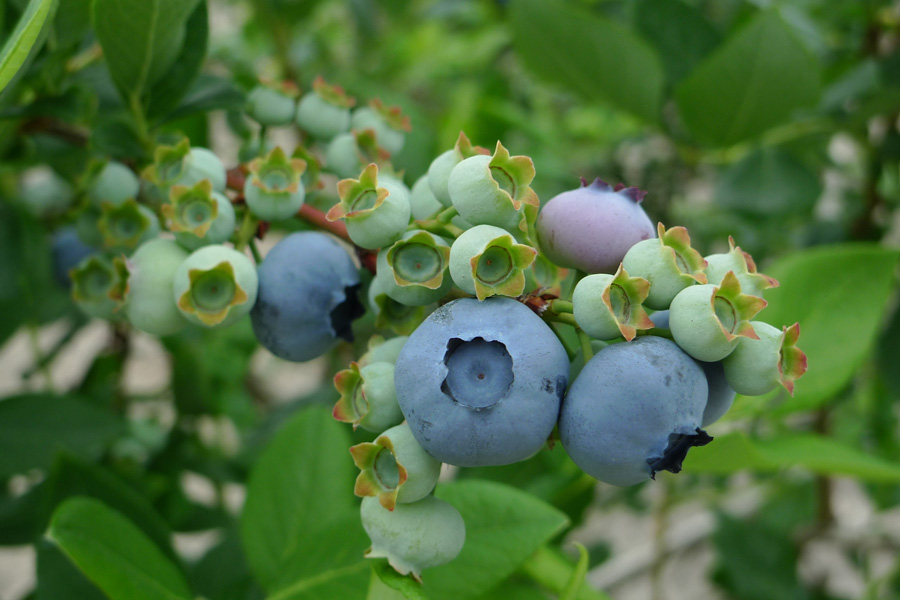
C 1278
Blueberry Production
This publication covers a brief history of the development of blueberries, plus general production requirements such as varieties, chill hours, soil considerations, etc. The southern highbush blueberry is a hybrid that requires fewer chill units compared to northern highbush types, allowing the state of Florida, southern areas, and Georgia to produce fruits in the U.S. market during March, April, and May. The development of southern highbush also has allowed the production of blueberries in countries such as Mexico and Peru.
Zilfina Rubio Ames
|